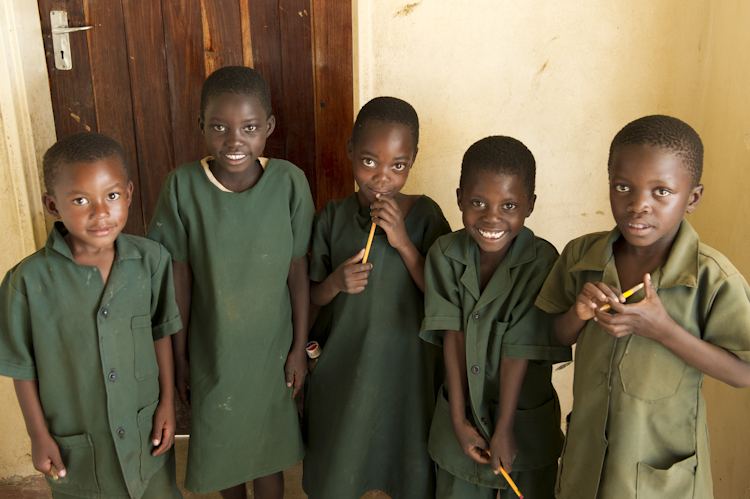What Africa’s children need to succeed
|

Schoolchildren in Zambia pair health and hygiene through lessons in sanitation. The country is pursuing an integrated strategy to overcome childhood diarrheal disease with education, proven interventions, and new tools. Photo: PATH/Gareth Bentley.
Dr. Ayo Ajayi is PATH's vice president of International Development.This post originally appeared on The Guardian‘s Global Development Professionals Network partner zone.
When a child is educated, a community can prosper. On the International Day of the African Child, commemorated on June 16 each year, we celebrate school enrollment and educational improvements. But when a child is not healthy, he cannot attend school. If he is vulnerable to resilient diseases that target poor, rural communities, he may not even reach school age.
Each year, we celebrate the growing number of African children who thrive beyond their first years, young lives spared from preventable diseases. Often, we can credit innovation: new tools that help conquer old threats. The African Rotavirus Symposium, which begins this week, will celebrate rotavirus vaccines' steady march across the continent—expanding access to an innovative tool to conquer the most common and deadly cause of childhood diarrhea.
Pairing innovations to tackle dangerous diseases
Just as a child's health and education are inextricably linked, the integration of proven stalwarts with innovative new tools can yield lifesaving symmetry when tackling the most dangerous childhood diseases. Pairing access to new vaccines with established interventions like proper sanitation and oral rehydration therapy gives us the best chance to overcome childhood diarrhea.
Rotavirus vaccines, education on nutrition and hygiene, and the availability of clean water are some of the interventions that have helped slash childhood diarrhea deaths by half since 2000. But more than 1,500 children still lose their lives each day to the life-threatening dehydration that diarrhea can cause.
Diarrheal disease wages war on Africa's children
In the poor, rural communities where diarrhea poses its greatest threat, malnutrition and opportunistic coinfections strip away children's ability to withstand diarrheal disease or slow down their recovery from it. As a clinician in Nigeria many years ago, I remember often struggling to find veins to administer IV fluids in children who were severely dehydrated and wasting away from malnutrition. Their brothers and sisters waited nearby—uninfected at the moment, but just as malnourished, just as vulnerable—and I knew it would only be a matter of time before their family visited the hospital once again.
Today, it is heartening to travel to large cities throughout Africa and see far fewer children fighting diarrheal disease. But beyond the busy streets and bustling capitals, diarrheal disease still wages its war on Africa's children.
We have the solutions
Though diarrheal disease is stubborn and often intractable, it is not insurmountable. Even in the world's poorest places, deaths among children are declining. We have the tools and we know what works. Putting them into action takes a strategic combination of partnership, resources, and political will.
In this collaborative and comprehensive spirit, my organization, PATH, is working with partners worldwide, at local levels, and across our own disciplines to advise national policies; increase access to new interventions; bring clean, safe water to rural communities; research new medicines; and more.
But action also requires awareness. Raising our voices together, we can encourage an integrated approach to diarrheal disease, and a brighter future for Africa's children.














